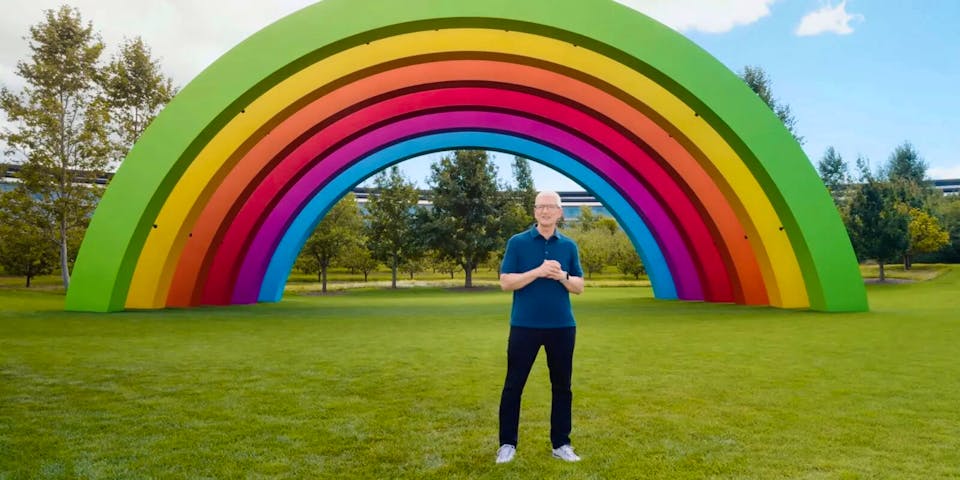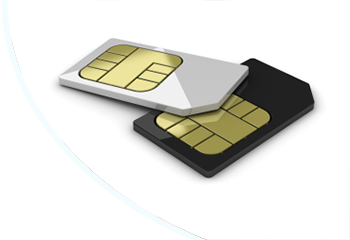Apple’s third keynote event of the year is arguably their largest and most anticipated as they introduced the newest line of iPhones.
Alongside that came the introduction of new editions to two of their other popular product lines, AirPods and Apple Watch.
With that said, let’s take a deeper look into the new iterations of each device that was announced yesterday during Apple ‘Glowtime’.
iPhone 16 range
Looking first at the main event, the new iPhone 16 range is once again comprised of four phones: the iPhone 16, iPhone 16 Plus, iPhone 16 Pro, and iPhone 16 Pro Max.
All four phones will run the soon-to-be-released iOS 18, which will house artificial intelligence, or as it’s known for the tech giant, Apple Intelligence, as well as other new features including the introduction of RCS (Rich Communication Services), Passwords (password manager) and redesigns to several features like Photos and Control Centre.
As for the hardware and design, lets start by looking at the similarities, beginning with the fact that the 16 range will use LTPO technology to deliver a variable refresh rate, hopefully finally bringing 120Hz refresh to Apple.
Apple will be skipping a generation in the 16 range for its chipset, introducing the A18 chipset in the base iPhone 16. As usual though, the Pro range will feature a pro version of said chipset.
There’s a new button coming to the phones too. The Camera Control button seems to be the primary AI button, allowing you to access your phone camera even easier. It can be used simply for taking photos, or its smart feature is that the photo you take can be analysed by the in-phone AI and provide you search results and other information as to what you see.
When taking photos, it can understand a light touch, giving you a clean preview with focus. Sliding across it will choose different controls, like aperture-style depth-of-field controls.
iPhone 16 & 16 Plus

Now we’re moving onto the more specific features for the devices, with the usual split of the base and Plus paired together and the Pro and Pro Max being the flagship pair.
New cameras are coming across the 16 range, with the base and Plus getting a 48MP main camera and a 12MP Ultra Wide camera with 2x Telephoto from its advanced dual-camera system.
The Apple A18 chipset will supposedly be capable of running the same desktop-class games as seen on the iPhone 15 Pro, with new graphics and physics gaming features coming along with it.
The iPhone 16 range will thankfully be priced the same as last years 15s, starting at £799 for the iPhone 16 and £899 for the iPhone 16 Plus.
iPhone 16 Pro & Pro Max

As we mentioned already, the 16 Pro range will feature the new Apple A18 Pro chipset, which will better handle the AI capabilities plus provide better graphics for games and better camera image processing.
The Pro camera system returns, with Apple boasting new cameras for each of the three - a 48MP advanced fusion main camera, a 12MP 5x telephoto camera, and a 48MP Ultra Wide camera.
Videos will also look movie-esque, with 4K 120fps slow-motion available and easily accessible thanks to the Camera Control button.
Again, now price increase is coming for the iPhone 16 Pro and Pro Max, with the respective devices starting from £999 for the Pro and £1199 for the Pro Max.
The iPhone 16 range will be available from 20th September, with pre-orders available now.
Watch Series 10

Watch news was the first order of the day during the event, with Apple CEO Tim Cook as usual stepping out to deliver the announcements.
The new Apple Watch Series 10 will come with a new larger-than-ever display and the thinnest design yet - at 9.7mm thin, it is almost 10% thinner than the Series 9. It also features a new wide-angle OLED display that is 40% brighter when viewed from an angle.
In an Apple Watch first, the speaker, which is now 30% smaller, will be capable of playing media and podcasts directly through it.
Inside the watch is Apple’s new S10 SIP platform, their own silicon chipset that handles motion sensing, along with all the other sensors that the Watch 10 uses. Related to this, ut will have new sleep features, including the ability to detect sleep apnea, having the ability to look for breathing disturbance and analyse your data if it sees consistent signs of the issue.
There are some other new or improved features but we’ll leave it to those main ones there. The last thing to note is that it will come in a new colour, Jet Black, which is Apple’s first polished aluminium frame for the Watch.
The new Apple Watch Series 10 will start from £399 for an Aluminium case and £699 for a Titanium case and will be available from 20th September.
Watch Ultra 2 & Watch SE 2
Unlike the Watch Series 10, the Ultra 2 is getting little in the way of updates - nothing, in fact, in terms of hardware.
The Watch Ultra 2 will be getting a new finish and a new Hermes band. It will be available in a new black titanium finish with an ultra-styled Milanese loop to match. Other than benefitting from WatchOS 11, there really is nothing new to speak about with the Watch Ultra 2.
The same goes for the Watch SE 2, which wasn’t really spoken about during the conference but can be found as a pre-order right now on the Apple site.
Both will be available from 20th September, with the Watch SE 2 starting from £219 and the Watch Ultra 2 starting from £799.
AirPods 4, AirPods Pro 2 & AirPods Max

The most affordable model, the AirPods 4, boasts a new shape that is designed to be a bit more comfortable. Within the pods is Apple’s H2 audio chipset, which brings better audio with new speaker architecture and spatial awareness, which previously was only available with the AirPods Pro.
You no longer have to only use your voice to interact with Siri. You can now respond by nodding your head yes or shaking your head no.
New to the AirPods 4 range is the AirPods 4 with Active Noise Cancellation, which unsurprisingly is a variation of the base AirPods 4 that feature Active Noise Canceling.
A transparency mode will allow you to hear while you listen, so you can still hear the environment around you if you want, and you’ll also get conversational awareness, which will see the pods detect when you are in a conversation and adjust the transparency to allow you to hear better.
The AirPods Pro 2 is getting some updates too, in particular looking at improved health capabilities. They will minimise exposure to excess noise and give tips and feedback to keep your hearing healthy for longer.
A hearing test will be offered to users, helping to diagnose, or more track, hearing issues as they arise by mapping your hearing results over time, which can help a doctor properly diagnose the issues.
Most incredibly though, Apple is adding a clinical-grade Hearing Aid feature that not only provides a trendier alternative to standard hearing aids but is also more affordable as common aids can often cost more than standard earbuds.
Apple has not yet been cleared by the US FDA and other agencies for the hearing test and hearing aids features, although they expect to be given clearance later in the year.
As for the AirPods Max, other than new colours and the introduction of USB-C which has been becoming the standard for all Apple products, there are no other new changes or features.
The AirPods 4 and AirPods Max will be available from 20th September, while the AirPods Pro 2 are available to purchase now, with the new features set to come later. Pricings look as such:
- Apple AirPods 4 – £129
- Apple AirPods 4 with Active Noise Cancellation – £179
- Apple AirPods Pro 2 – £299
- Apple AirPods Max – £499










